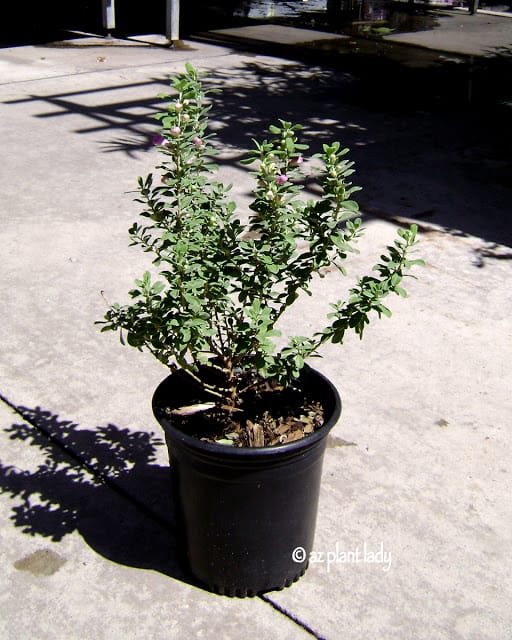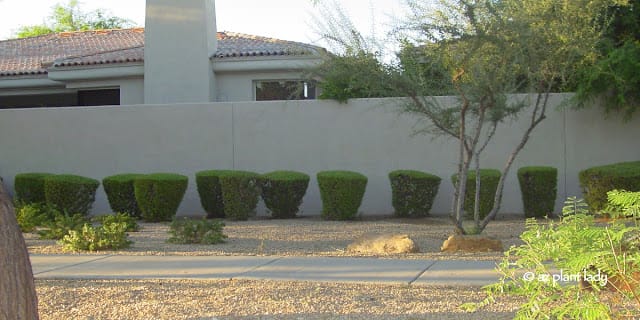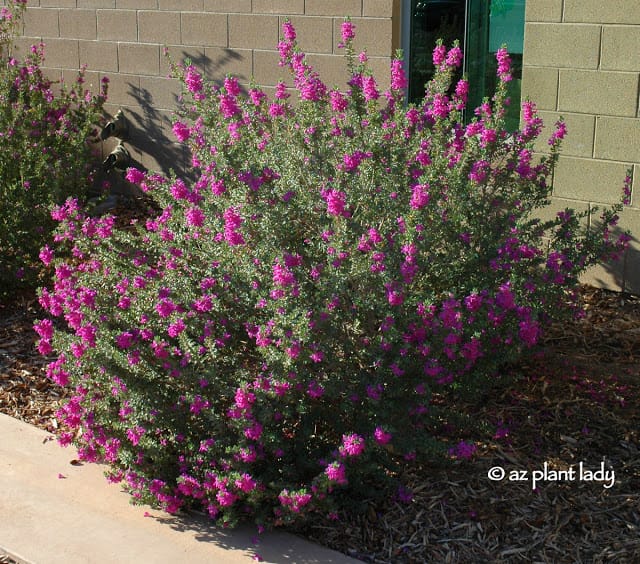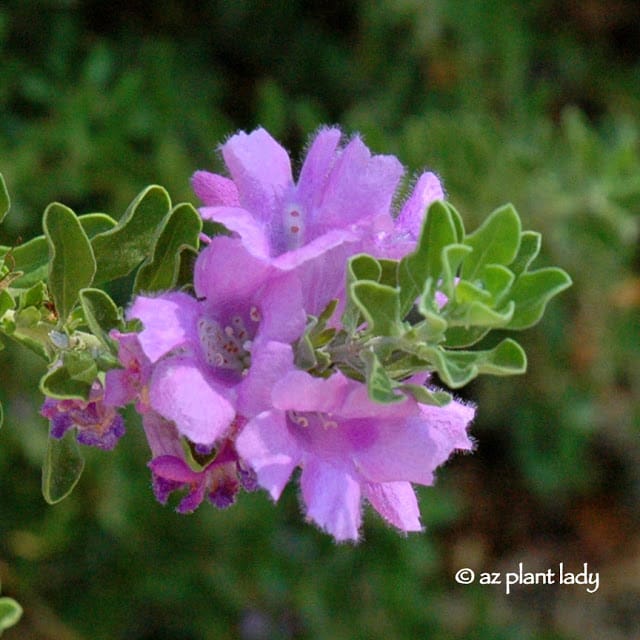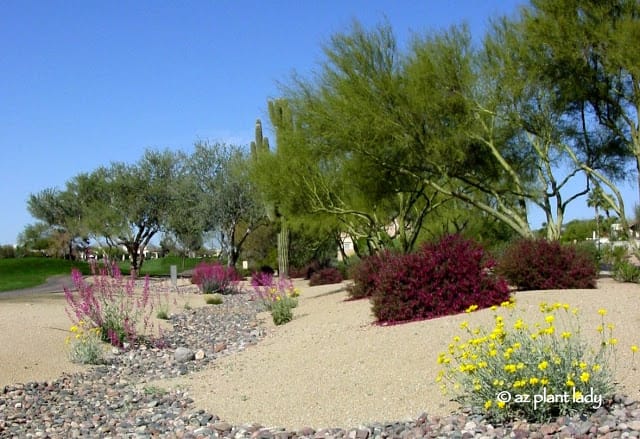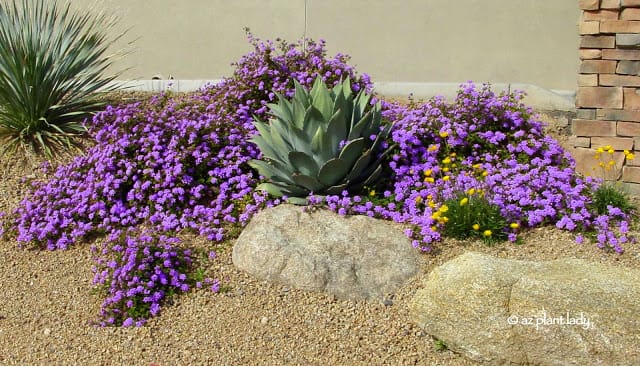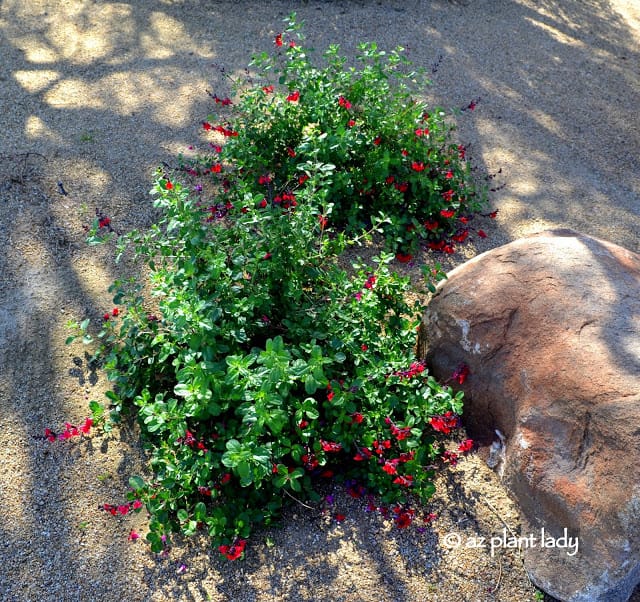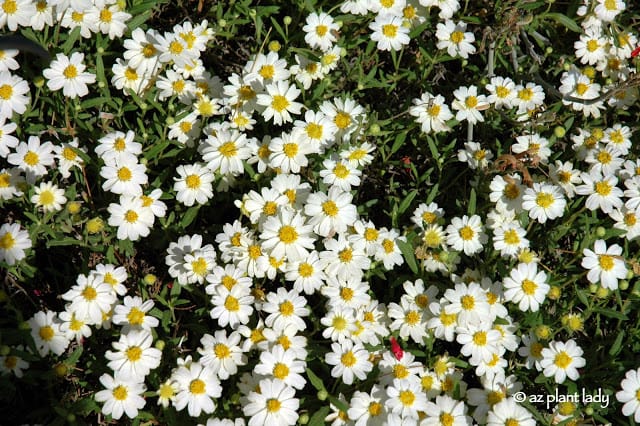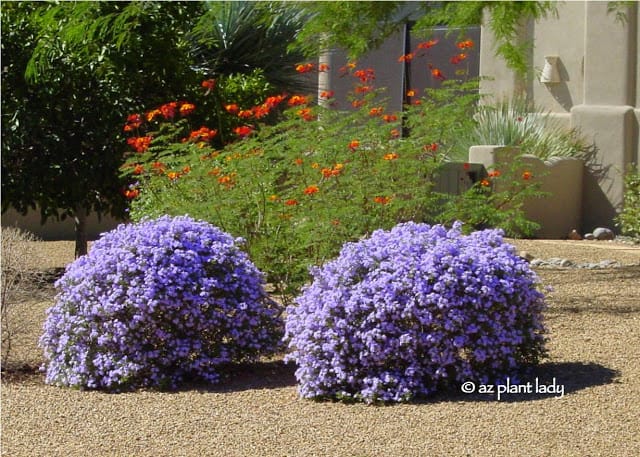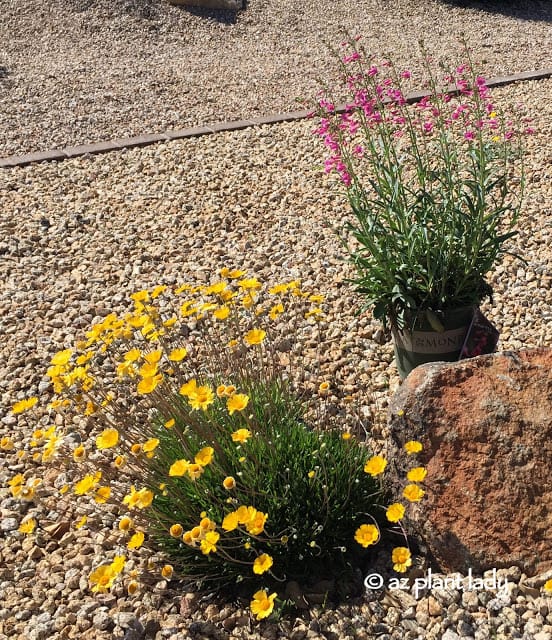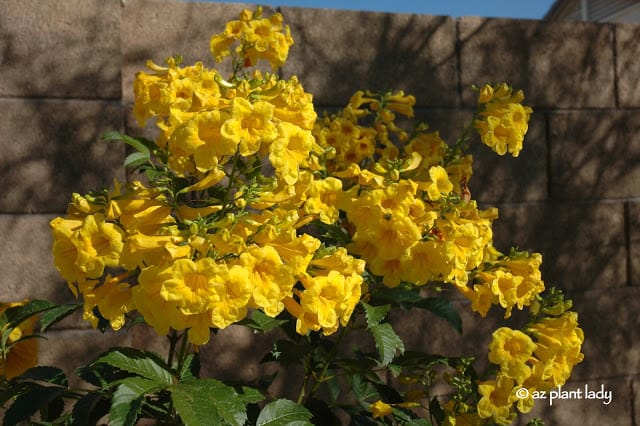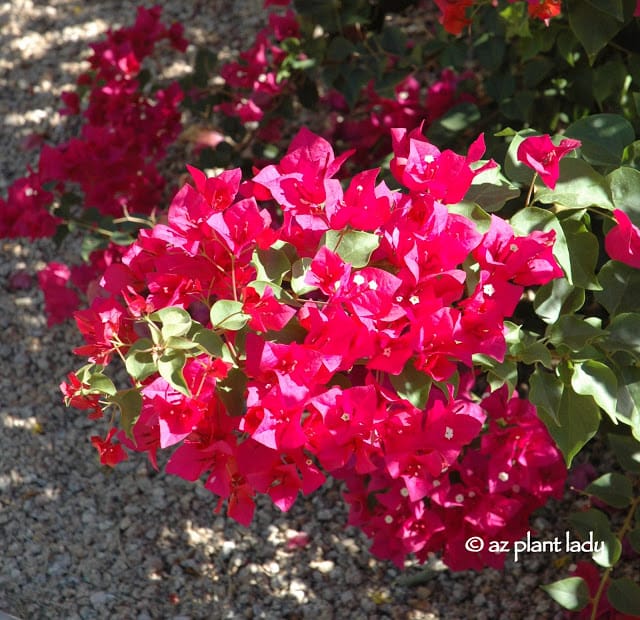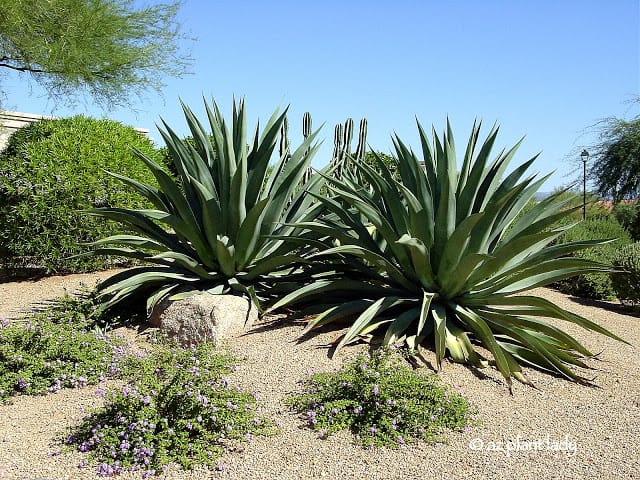Sometimes when I am driving around, I see a poorly pruned tree or shrub, and I just cringe. It never ceases to amaze me the crazy ways that people take care of their plants. Whenever I see plants like this, I whip out my camera and quickly take a photo and then drive away before the homeowner asks what I am doing.
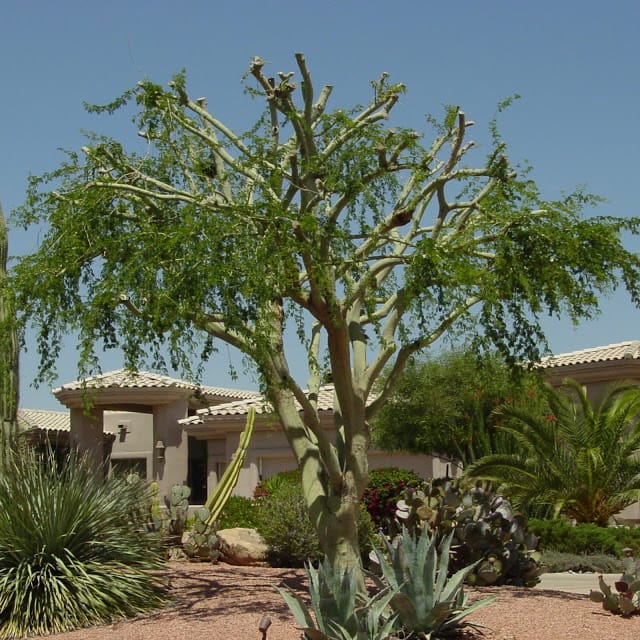
Butchered Palo Brea Tree
I mean if they catch me taking a photo, I can’t very well tell them, “I am taking pictures of the horrible way you prune your trees ?” Can I? Well, I probably could and should, but I am too chicken to confront people that way. I have no problem confronting people about their horrible pruning if they have asked me over to do a consult on their landscaping. I just like an invitation first before I tell people what they are doing wrong 😉
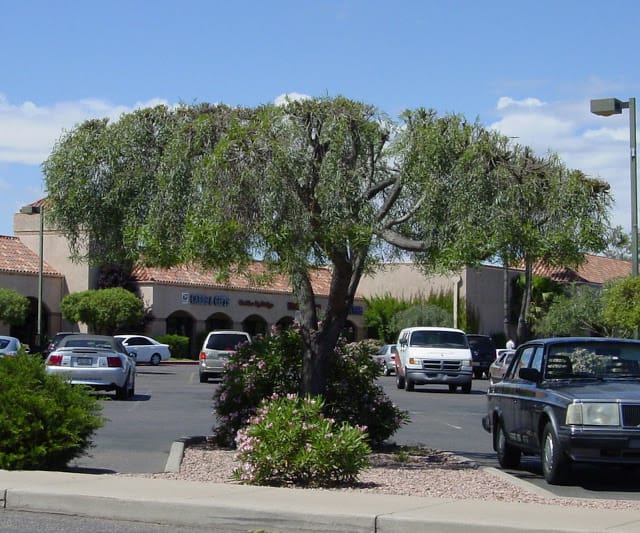
‘Topped’ Willow Acacia
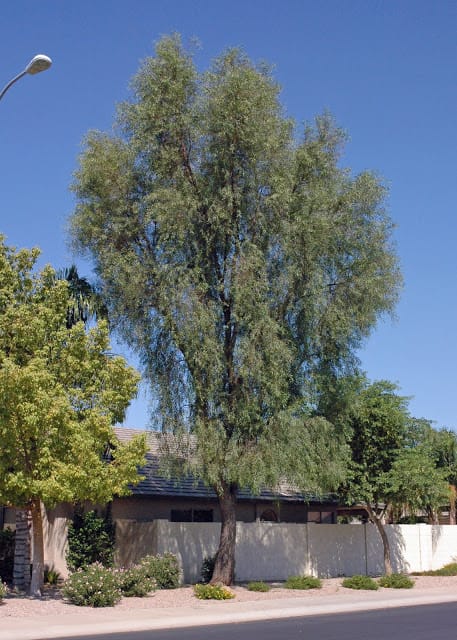
Willow Acacia as it should look like.
Although, the primary purpose of this post is to entertain with photos of truly awful pruning disasters. I just have to step up on my “high horse” for just a minute regarding one type of pruning that is widespread. So please bear with me…
One of the most harmful types of pruning in regards to trees is called ‘topping’ the tree. It removes a lot of the top growth. This is usually done to shorten the tree and to preserve a view. The topping is NOT good for the tree and accelerates more top growth. The new branches are weakly attached and are much more liable to break, which can cause damage to what is underneath. Also, topping trees greatly stress the tree which can make them susceptible to insect and certain environmental factors. You can read more about topping trees here Tree Care.
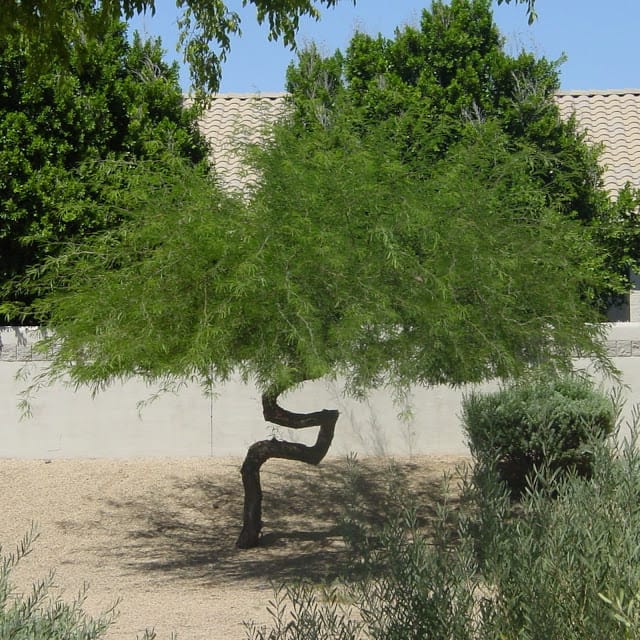
Chilean Mesquite with a ‘kink’ in its trunk.
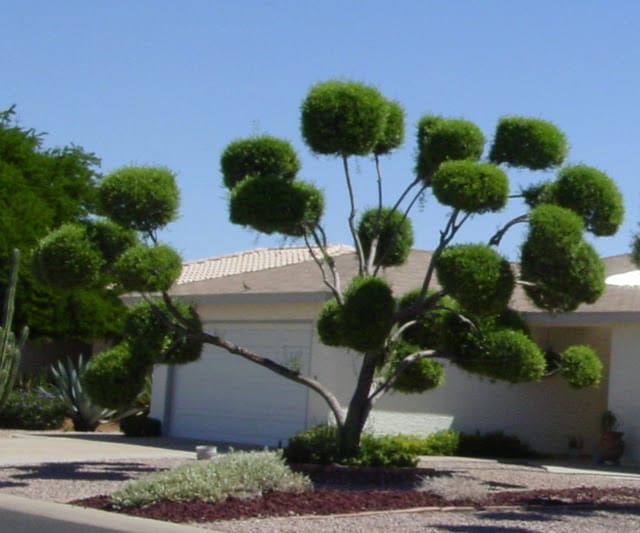
‘Poodle’ Olive Tree
Okay, the vast majority of trees should not be prune into round shapes.
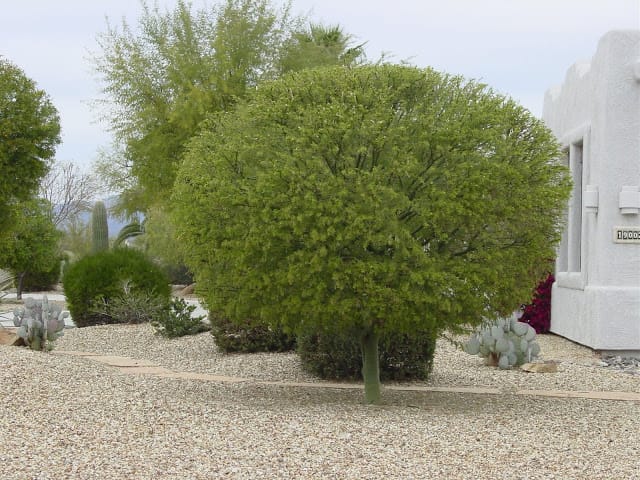
Palo Brea tree pruned into a ‘ball.’

Palo Brea tree as it should look.
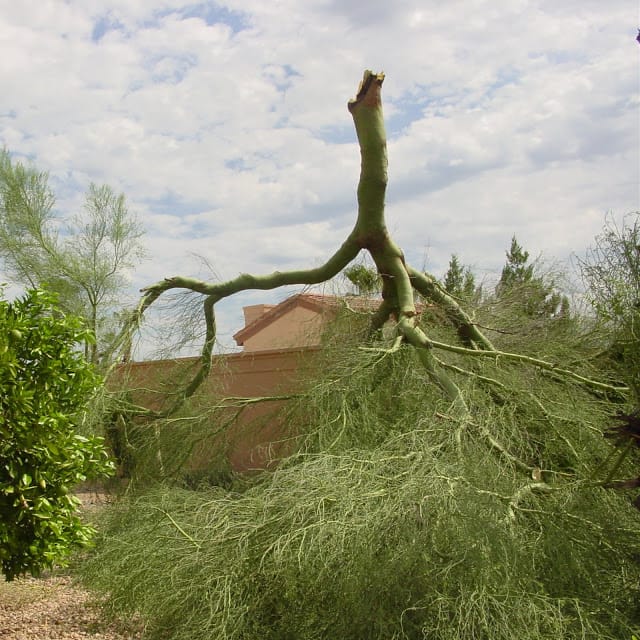
A Blue Palo Verde tree that lost its head.
A few years ago we suffered a severe micro-burst during the summertime at the community where I was working. The tree above snapped off in the high winds at a weak point in the trunk, which was weak due to improper pruning that was done a long time before the storm.
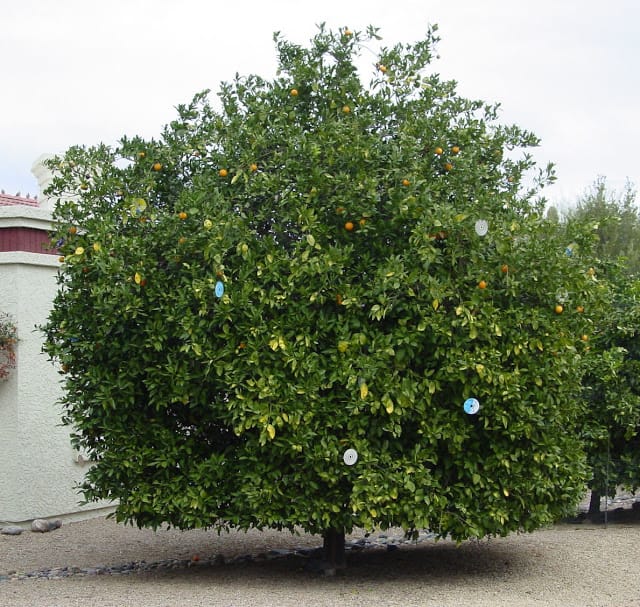
This is an Orange tree that has been pruned correctly.
The Citrus tree, above, has been pruned the right way, but I just had to include it in this post because it is so humorous. Look closely (you can click on the photo to enlarge)…. the homeowner tied CDs to the tree to scare off the birds from eating the fruit.
Many people prune their Citrus trees up so that they look more like a ‘typical’ tree. But what many people don’t know is that the lower branches produce the most fruit, the sweetest fruit and protects the trunk from sunburn.
Now for some truly awful examples of shrubs….remember the “cupcakes” from a previous post?
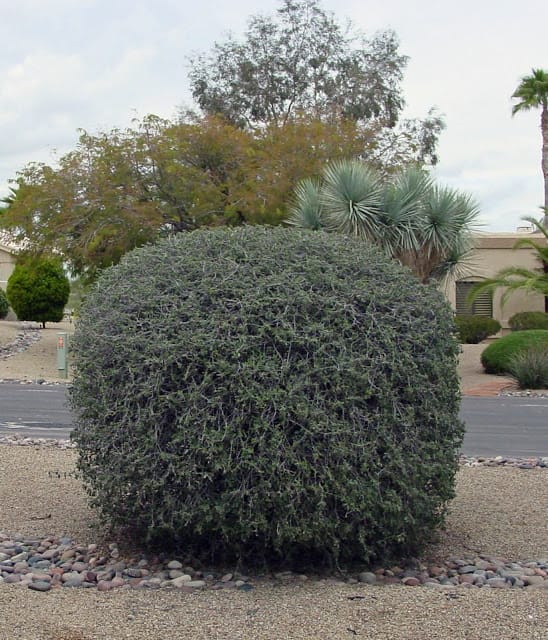
Little Leaf Cordia pruned into a ‘ball.’
In an earlier post, we covered the epidemic of pruning shrubs into the shapes of ‘cupcakes.’ Well, there is another epidemic in where people prune their shrubs into the shape of a ‘ball.’ We call this type of pruning, “Poodle-Pruning” because the shrubs resemble the ball shapes that poodles have when groomed. Either way, ‘cupcakes’ or ‘poodle,’ neither are good for your shrubs and take away from their beauty.
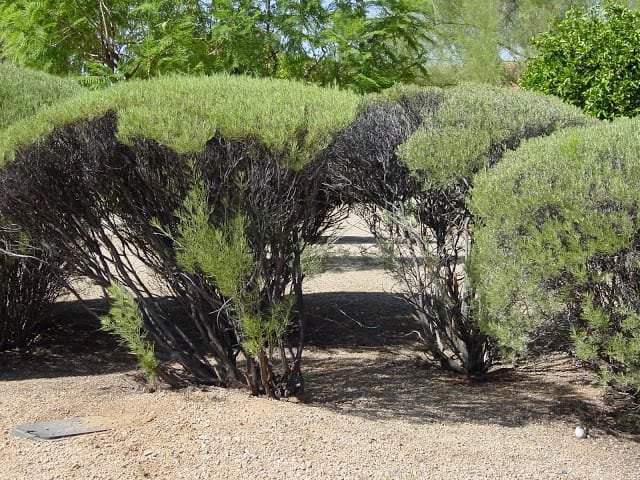
Feathery Cassia shrubs with large areas of dead growth.
One of the results of repeated shearing of your shrubs into specific shapes (cupcakes or balls), results in areas of dead growth. This is because sunlight cannot penetrate inside the shrub and it is constantly trying to replace the growth that is cut off constantly. There is a cure, which I will cover in a spring time post, which is when corrective pruning should be done.
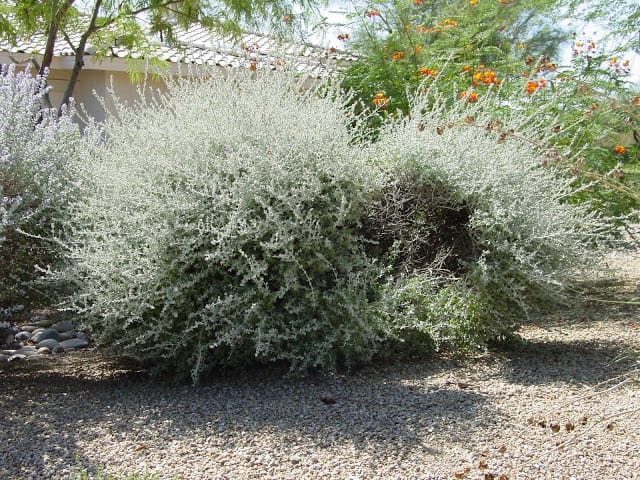
Thunder Cloud Sage, unpruned
Now I don’t recommend going to the other extreme, above, and not pruning. Just do it correctly. So, if you have any ‘cupcakes’ or ‘poodles’ in your landscape, do not panic! I will cover the correct ways to prune many shrubs in the spring, which is the time that it should be done.
So, take care to prune properly, because you never know when I will come driving by with my camera….


